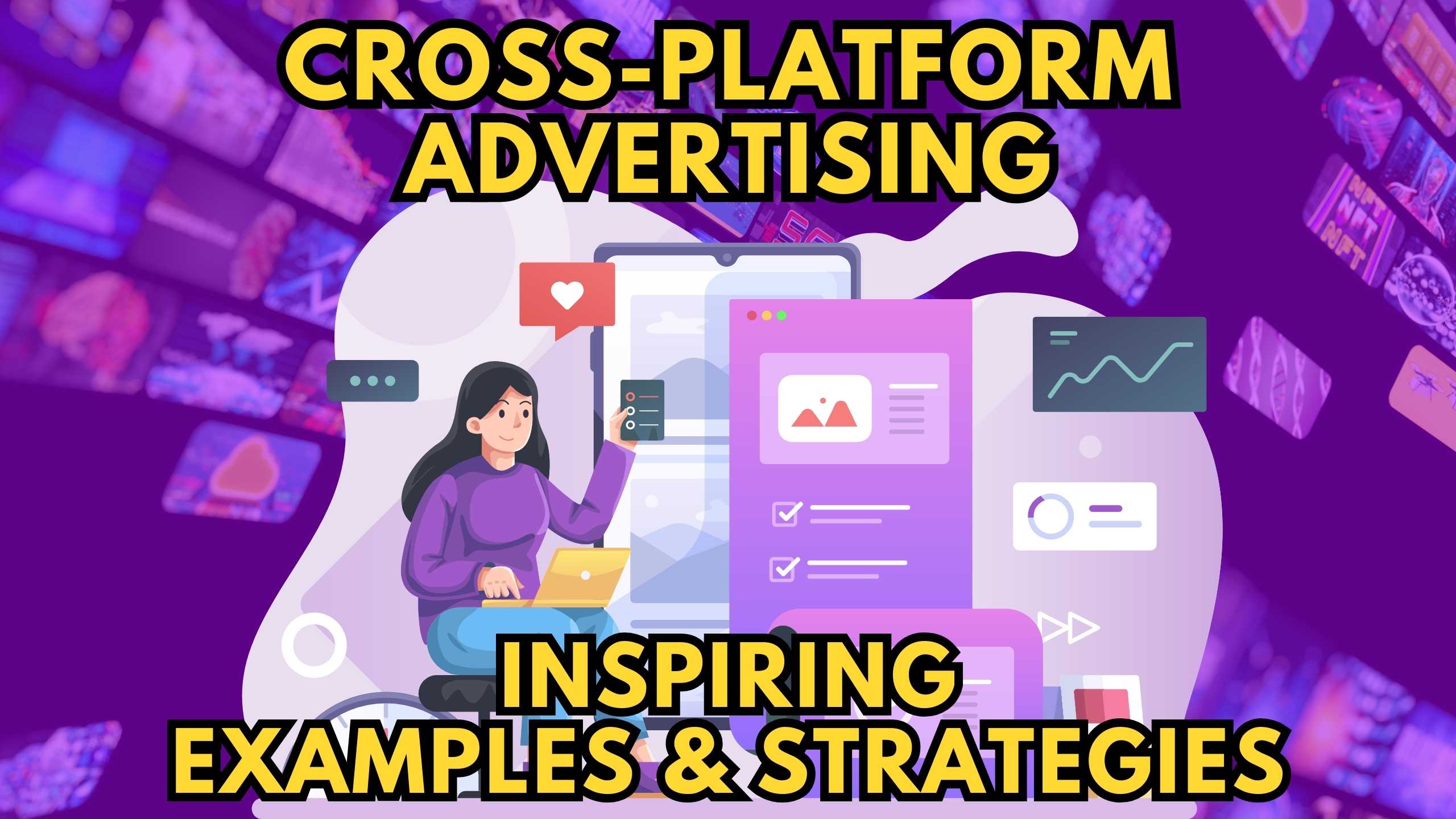Cross-Platform Advertising: Inspiring Examples & Strategies
- Conversational Marketing Software SEO Software Affiliate Marketing Software Marketing Tools


Cross-Platform Advertising: Inspiring Examples & Strategies
In the dynamic landscape of digital marketing, cross-platform advertising has become a cornerstone for brands aiming to maximize their reach and impact. This strategy involves seamlessly integrating marketing efforts across various platforms to create a unified brand experience. Let’s explore some inspiring examples and effective strategies that harness the power of cross-platform advertising.
The Rise of Cross-Platform Advertising
1. Consistent Brand Messaging
One of the fundamental aspects of successful cross-platform advertising is maintaining a consistent brand message. Brandfolder, for instance, has empowered businesses like Starbucks to centralize and manage their brand assets. This ensures that the same message resonates across diverse channels, from in-store promotions to online campaigns.
2. Social Media Integration
Take Hootsuite as an example. The platform has been a game-changer for companies like Airbnb. It enables businesses to streamline social media management, allowing for cohesive cross-platform campaigns. Airbnb uses Hootsuite to schedule posts and engage with audiences seamlessly across Facebook, Twitter, and Instagram.
3. Visual Content Unification
Consider the success story of Canva, a platform similar to Venngage. Canva has empowered businesses like Red Bull to create visually cohesive brand identities. Unifying visual content across advertising channels enhances brand recognition, and Red Bull’s consistent use of striking visuals has become synonymous with their brand.
Inspiring Cross-Platform Advertising Examples
Nike’s Seamless Campaigns
Nike is a master of seamless cross-platform campaigns. From compelling Instagram stories to interactive Twitter campaigns, Nike ensures that their message is consistent and impactful. For instance, their #JustDoIt campaign seamlessly spans across social media, traditional advertising, and even influencer collaborations, resonating with a global audience.
Coca-Cola’s Multimedia Approach
Coca-Cola’s cross-platform strategy extends from traditional TV commercials to engaging YouTube content and interactive social media campaigns. Their “Share a Coke” campaign, which involves personalizing Coke bottles and cans, is not only promoted through TV ads but also extensively shared on platforms like Instagram, Twitter, and TikTok, creating a multimedia approach that connects with consumers across various touchpoints.
Effective Strategies for Cross-Platform Success
1. Audience Segmentation
Mailchimp has played a crucial role in audience segmentation for companies like Spotify. By utilizing Mailchimp for email marketing and audience segmentation, Spotify ensures personalized messaging across platforms. Subscribers receive content tailored to their music preferences, concert history, and more.
2. Data Analytics Integration
Consider the example of Amazon and its integration of Google Analytics. Amazon’s success lies in data-driven decision-making. By leveraging Google Analytics across its e-commerce platform, Amazon continuously refines its cross-platform advertising strategy based on real-time data, ensuring relevance and effectiveness.
Conclusion
Cross-platform advertising is not just a trend; it’s a necessity in the ever-evolving digital landscape. Brands that seamlessly integrate their marketing efforts across various platforms create a unified and impactful presence. As you embark on your cross-platform journey, remember that consistency, integration, and data-driven decisions are the keys to success.
Ready to elevate your cross-platform advertising game? Explore exclusive deals on Subscribed.fyi Deals and discover the tools that will transform your marketing strategy.
Explore Relevant Tools:





